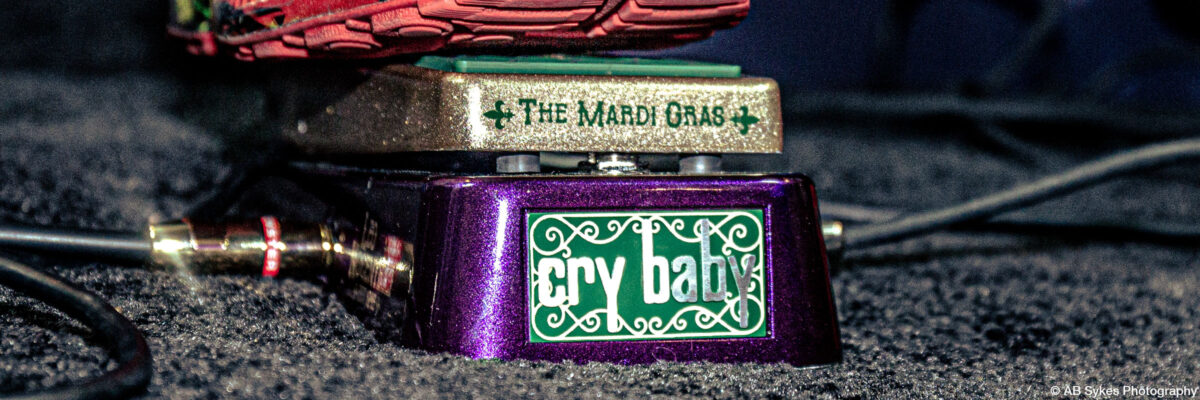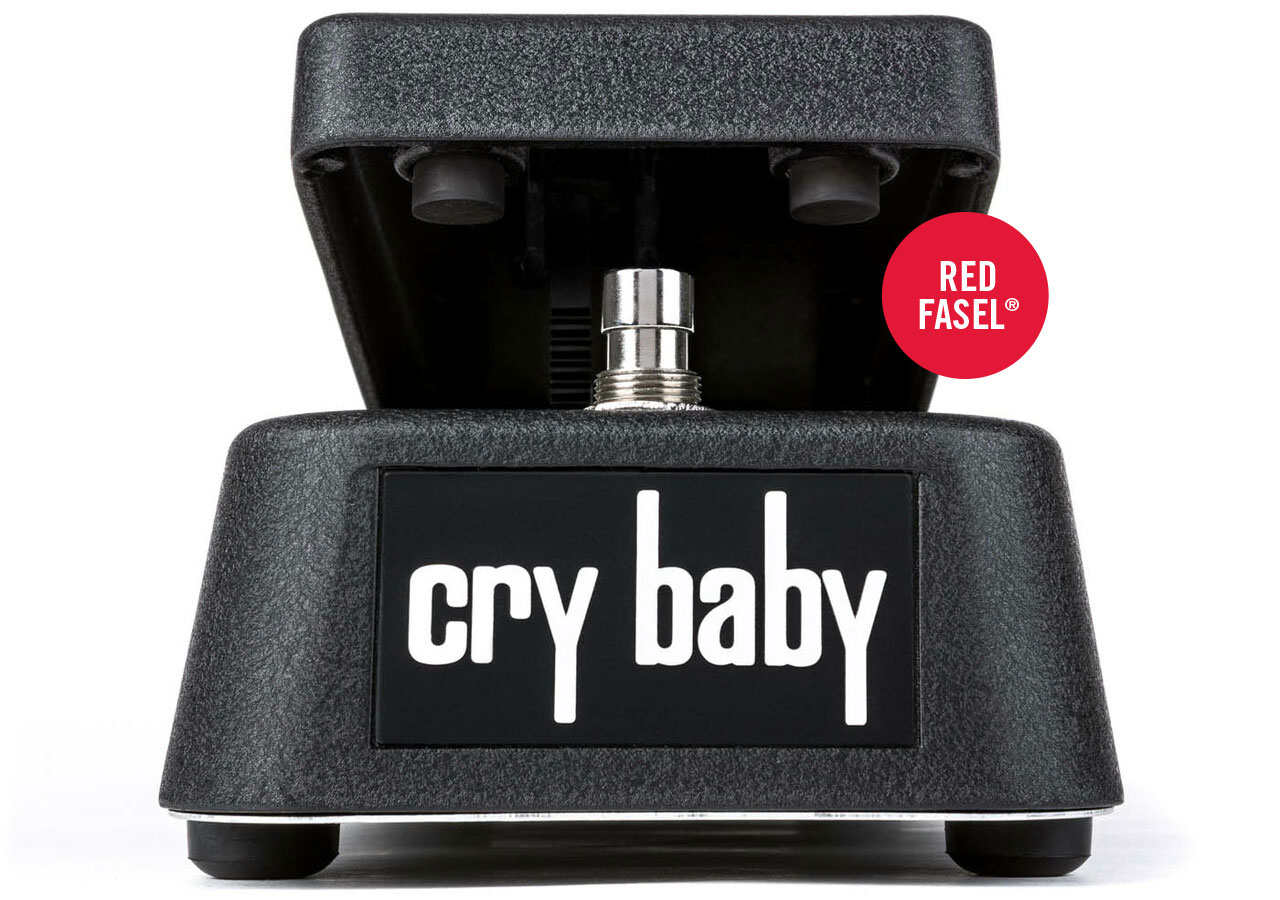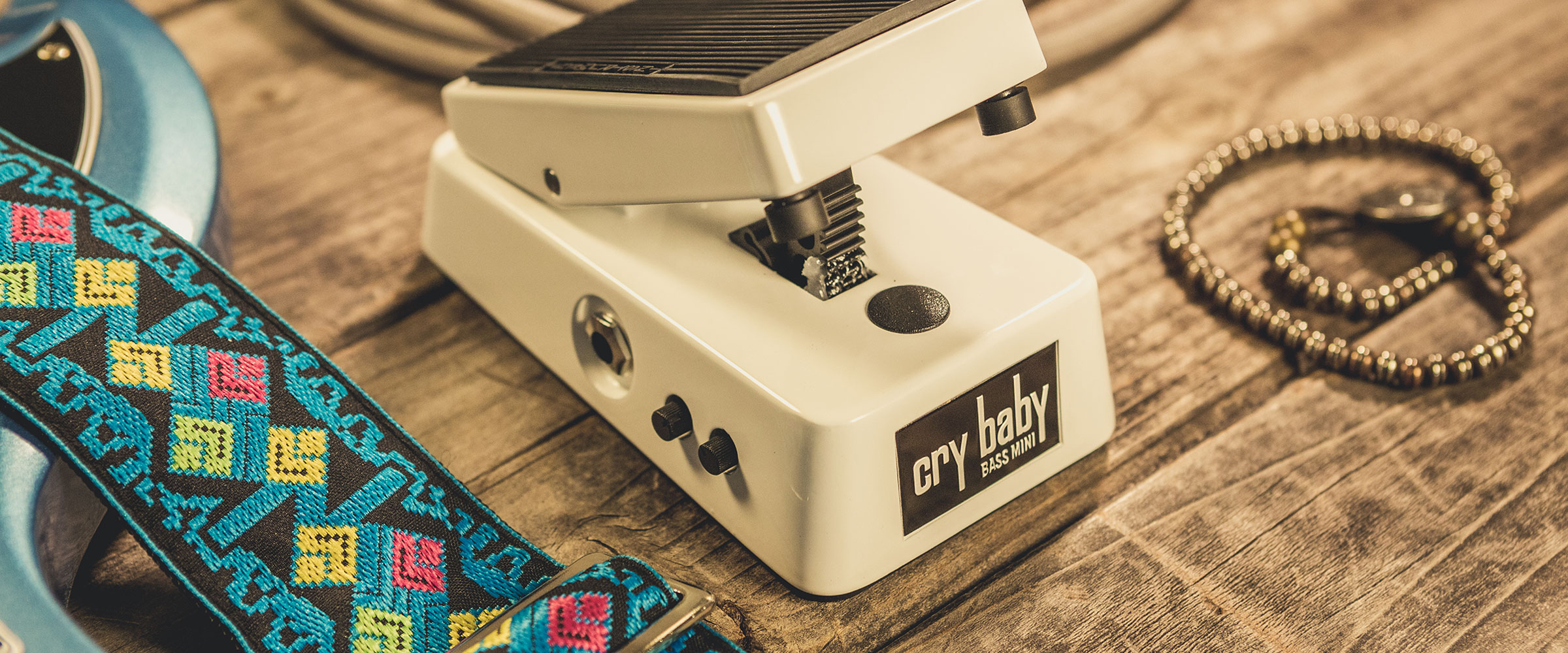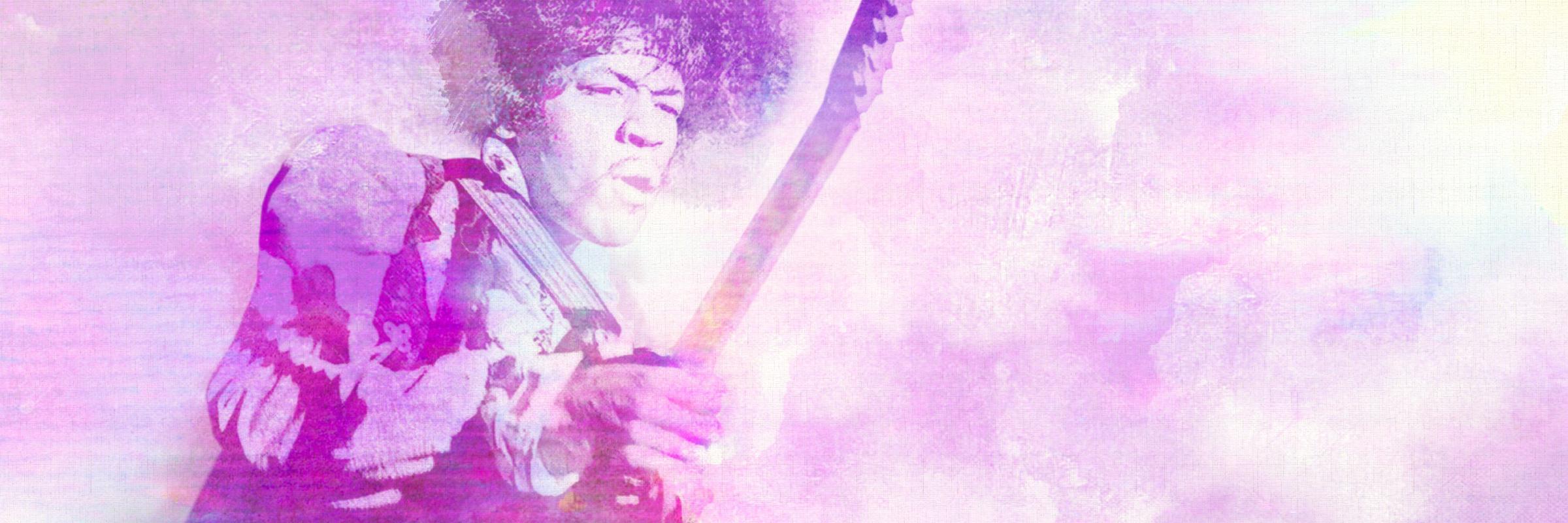Leo Nocentelli is perhaps the greatest rhythm guitarist ever, and damn sure one of the funkiest. Guitar Player made it official by counting him among its 50 Greatest Rhythm Guitarists of All Time, the Grammys honored him with a Lifetime Achievement Award, and countless hip-hop artists have sampled Leo’s licks to power their hits. Nocentelli laid the funky framework for modern New Orleans music in the ‘60s and ’70s as a founding member of the Meters, crafting stank-o-pated riffs to anchor classics such as “Cissy Strut,” “Fire on the Bayou,” and the wah-wah wonder “Just Kissed My Baby.”

The Meters Man Sounds Off
Leo Nocentelli on His Signature Cry Baby® Mardi Gras Wah
by JIMMY LESLIE Contributor
//
Cry Baby
02-01-2022
CATEGORIES
MOST RECENT
ARCHIVE
- August 2024
- June 2024
- April 2024
- August 2023
- May 2023
- April 2023
- March 2023
- February 2023
- January 2023
- December 2022
- November 2022
- October 2022
- September 2022
- August 2022
- July 2022
- June 2022
- May 2022
- April 2022
- March 2022
- February 2022
- December 2021
- November 2021
- October 2021
- September 2021
- August 2021
- July 2021
- June 2021
- May 2021
- March 2021
- January 2021
- November 2020
- October 2020
- August 2020
- July 2020
- May 2020
- March 2020
- January 2020
- June 2019
- May 2019
- April 2019
- October 2018
- June 2018
- April 2018
- December 2017
- November 2017
- October 2017
- September 2017
- July 2017
- June 2017
- April 2017
- March 2017
- February 2017
- September 2016
- July 2016
- May 2016
- September 2015
- August 2015
- July 2015
- April 2015
- March 2015
- November 2014
- June 2014
- March 2014
- June 2012









